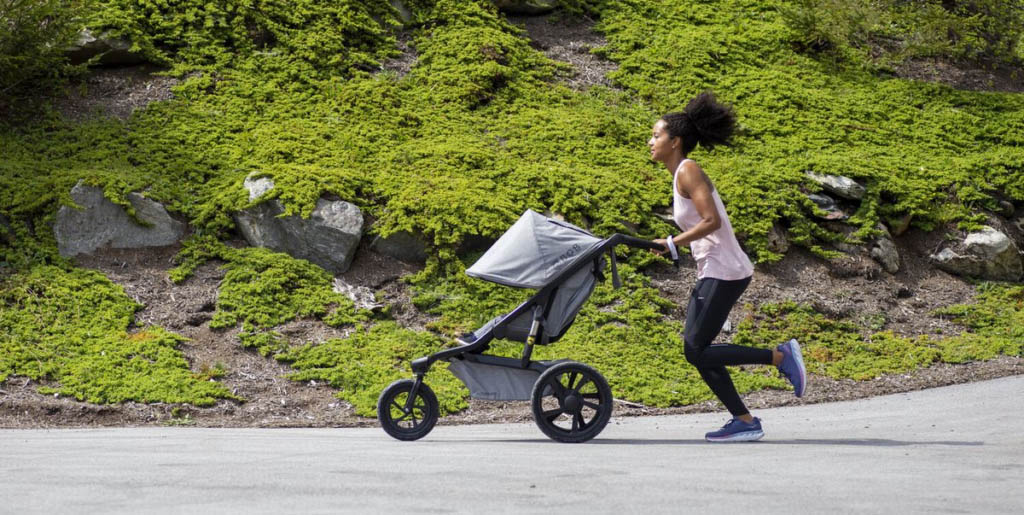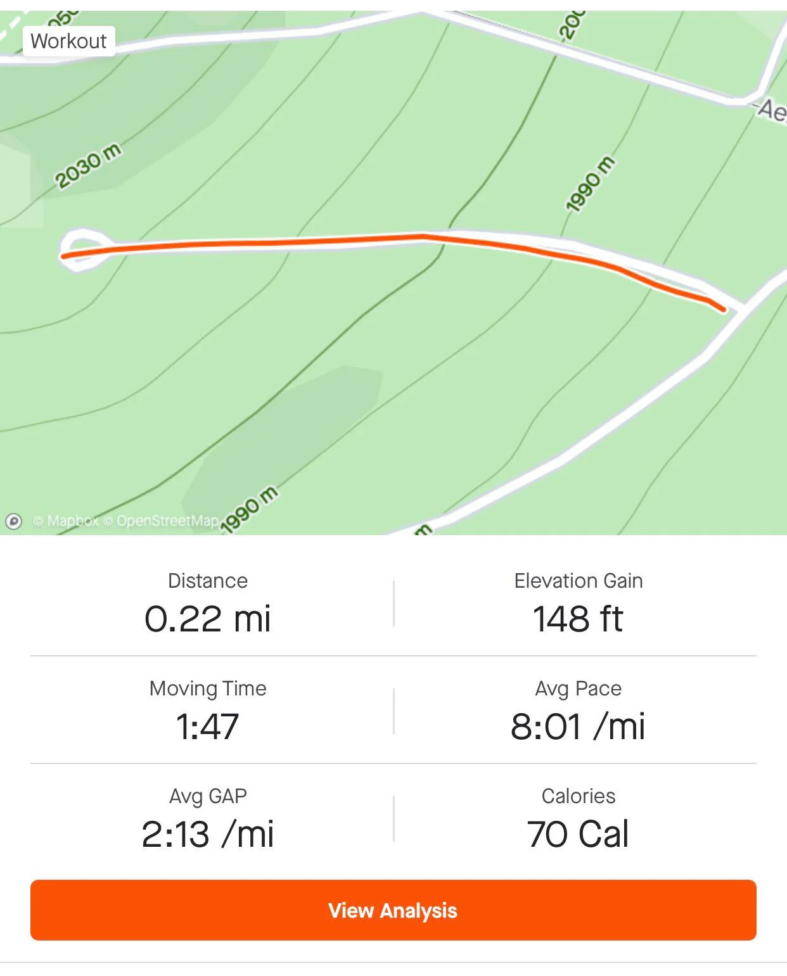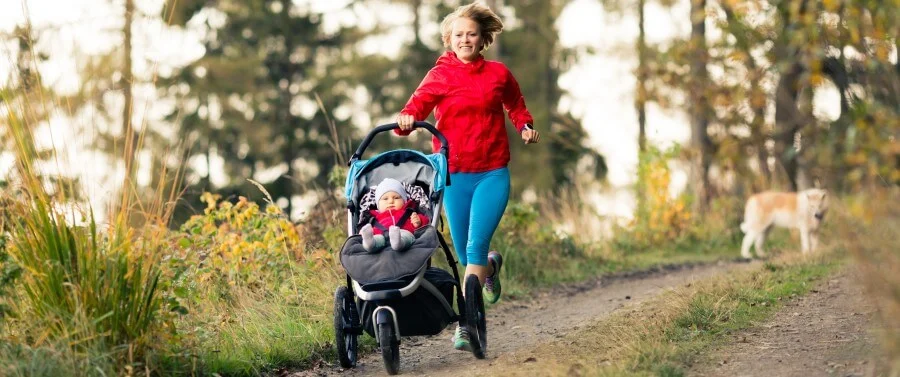Here are the Top 5 Things Mamas Should Know about Stroller Running
Are you a mama who loves running and would love to run with your kiddo, however you feel nervous that pushing a stroller while running may lead to an injury? Are ready to start running with your baby, but unsure if your baby is ready? Now that summer is fast approaching here in Fort Collins, getting outside with your little one is ever more tempting (when we aren’t being blown around by what feels like gale force winds)!
#1 Stroller Running is Not Going to Cause an Injury
Research has shown us that pushing a stroller while running does produce some form changes at the ankles, knees, trunk and pelvis, but they are very minimal changes that do NOT sacrifice form and therefore there is no correlation between increased injury rates and running with a stroller.

Although running with a stroller does not cause injuries, it does reduce running economy by increasing energy cost. This means that it will be harder to run so you will automatically adjust your running pace and slow down. With that in mind – check your ego, throw pace out the window and enjoy being able to run with your own personal cheerleader. With that being said – wouldn’t it be cool if Strava came out with a “Stroller Adjusted Pace?”

#2 There is No Best Way to Push A Stroller
So what is the best way to run with a stroller? The way that feels most comfortable to YOU! You could push with one hand while the other swings. You could push with both hands on the stroller at the same time. You could push the stroller away from you and then chase it. Or, you could do a combination of all of them throughout your run!
Like with any kind of new activity, or changes in a certain type of activity, we need to progress gradually while we introduce this to stimuli so that our bodies can adapt to the novel stimuli.
#3 You Can Easily Address Leaking While Running
If you are experiencing leaking while running, try running with your stroller with a slight forward lean – as if you were running into the wind. Try to keep the rib cage relatively stacked over the pelvis and prevent the ribcage from flaring outward. This posture improves diaphragmatic breathing which is important for its relationship with the pelvic floor to allow it to move throughout its full range of motion, as well as helps to decrease pressure placed downward on the pelvic floor.
If you continue to leak, try increasing your cadence. By increasing our cadence we automatically decrease our stride length which means that our feet will be landing more underneath our body as opposed to out in front of it. This decreases how hard we will hit the ground, which in turn means that the ground will decrease how hard it “hits back.” This reduces ground reaction forces up the chain (Newton’s 3rd law anyone? Every action has an equal and opposite reaction). Our ankles, knees, hips and our pelvic floor will have decreased forces to respond to with a shortened stride length compared to a longer one which should help to minimize incontinence.

#4 Know When You Can Start Running With Your Baby
Now that YOU know how to run with a stroller, it’s time to talk about when it’s safe for your baby to be pushed in one while you are running. Each child develops and accomplishes milestones at a slightly different rate, and every mamma has different comfort levels for what they feel is safe for their child. Head and neck control typically develops between 6-9 months of age so this is generally when it is recommended to start running with your kiddo. However there are strollers that have car seat attachments that keep your little one flat and there are head-support cushions that can be attached which would allow a baby to be pushed prior to them gaining head control. However, it is best to consult your pediatrician and trust your gut instincts as a parent.
#5 Learn How To Take Advantage Of Your Running Stroller
Here are some specs to keep in mind when looking for a running stroller: a front wheel that can be locked (a locked wheel makes it easier to control the direction of the stroller when pace increases), wrist-straps (not imperative but can increase safety), inflatable or pneumatic tires, suspension (decreases impact on the baby) and a full harness system for your child to be strapped into. The current industry standard is the BOB stroller.

Enjoy exposing your children to the wonderful world of running and being awesome role models to them! If you want more tips and tricks to successfully return to running postpartum, address any running injuries or niggles or stop leaking or pelvic pain with running – visit us in Fort Collins, CO at Up and Running Physical Therapy.
References
Smith JD et al. Journal Sport Med Phys Fitness. 2015
Brown GA et al. African Journal for Physical Health Education. 2008
Gregory DA et al. International Journal Sports Med. 2012
O’Sullivan R et al. Gait Posture. 2016
Alcantara RS et al. PLoS One. 2017

Dr. Sam Greig.
This blog was written by our very own Pelvic/Women’s Specialist, Dr. Sam Greig.

